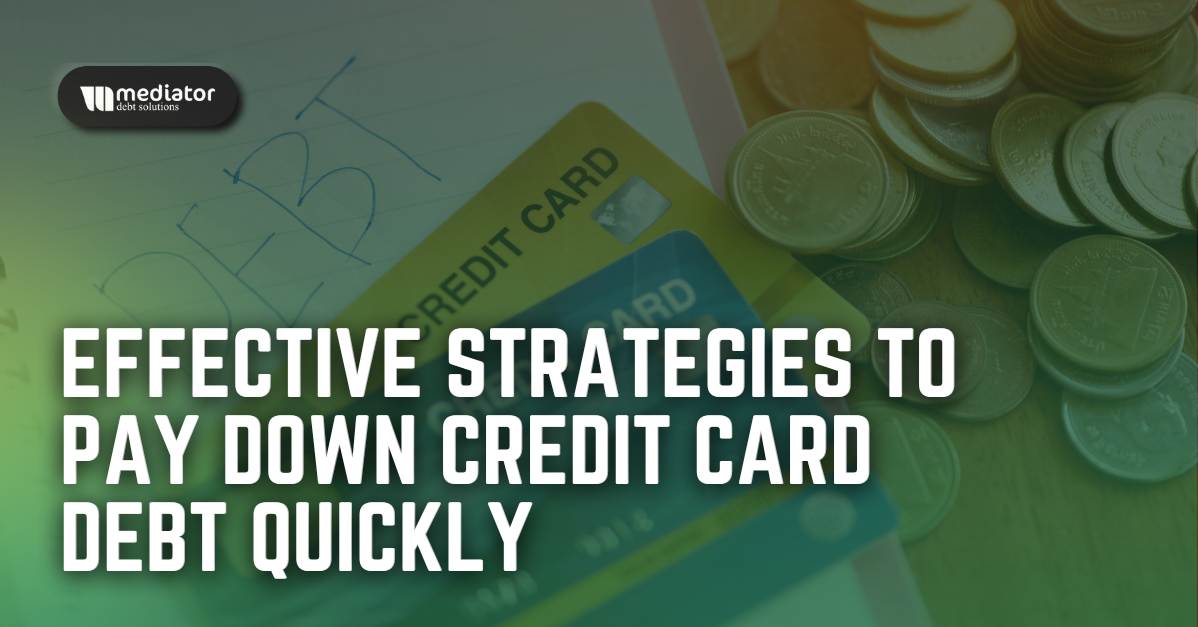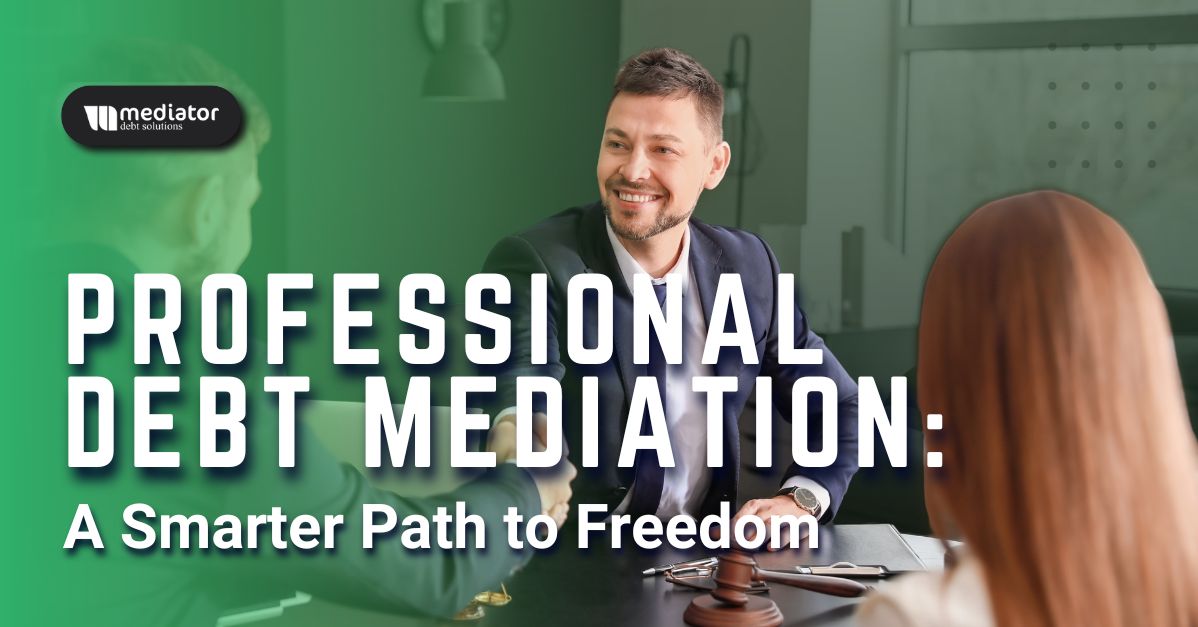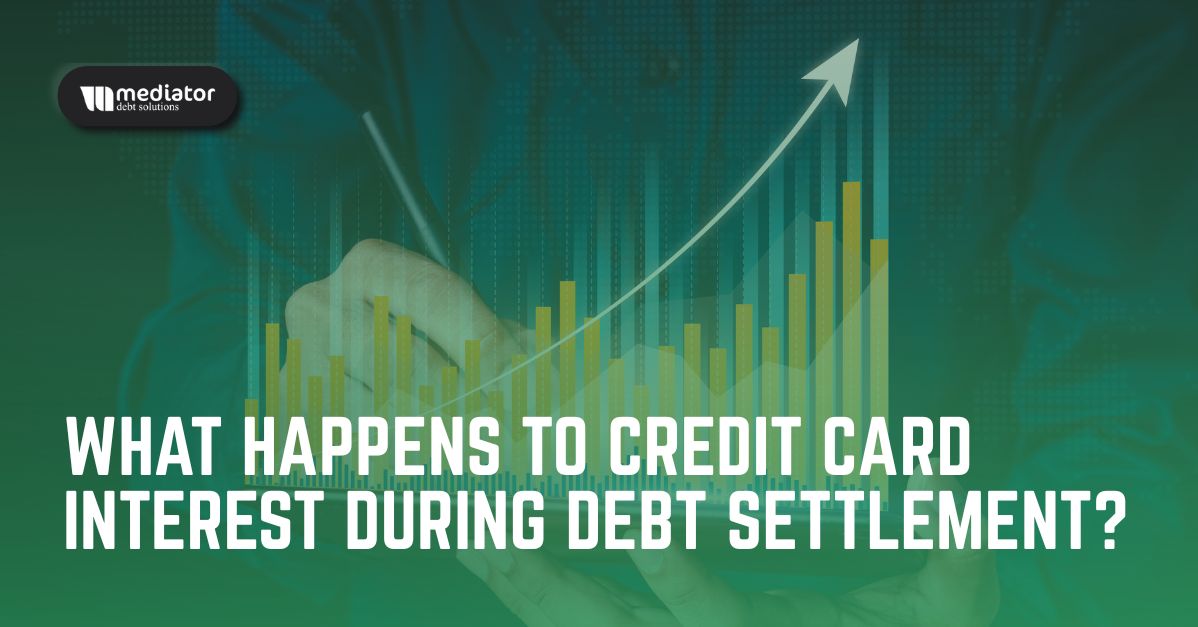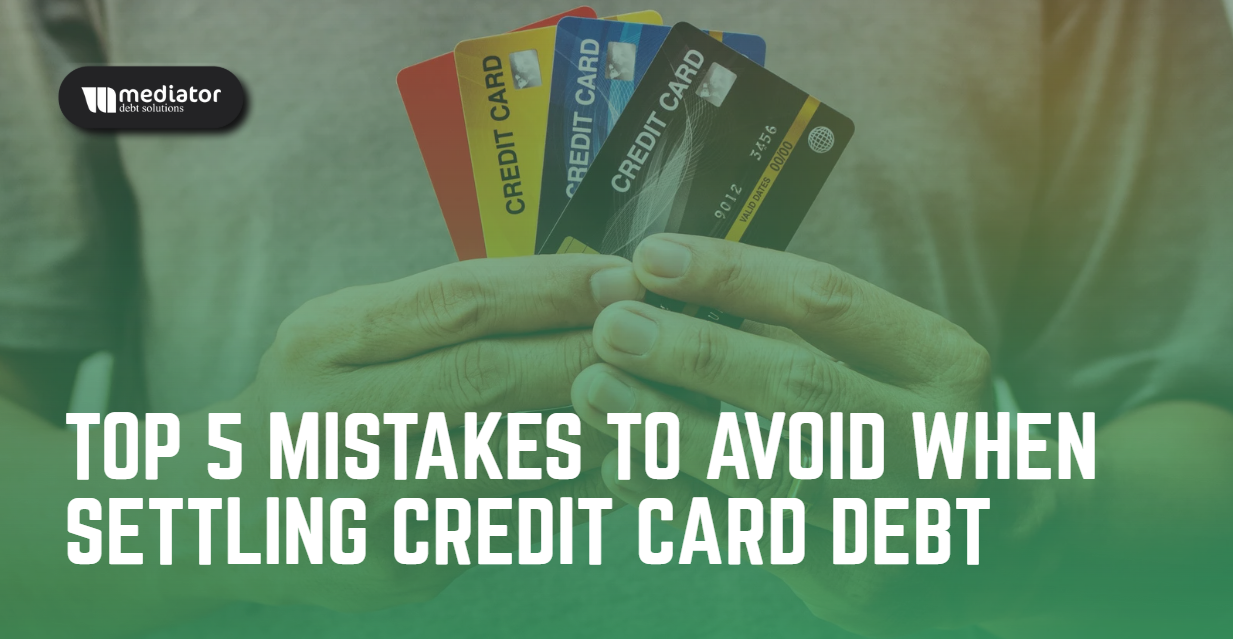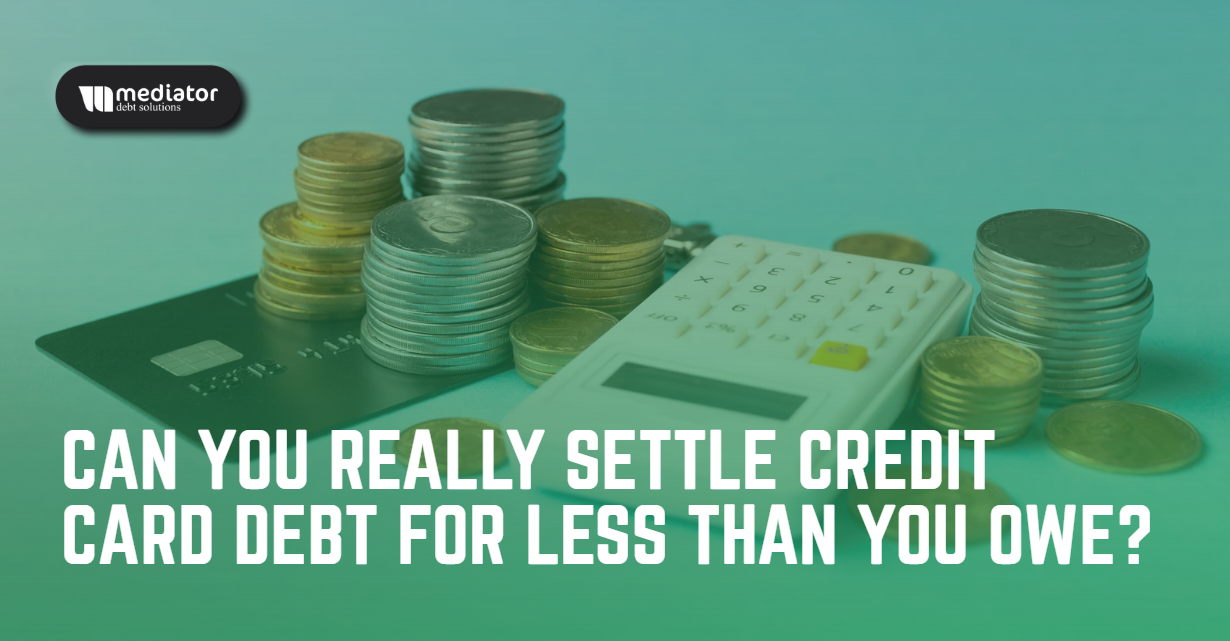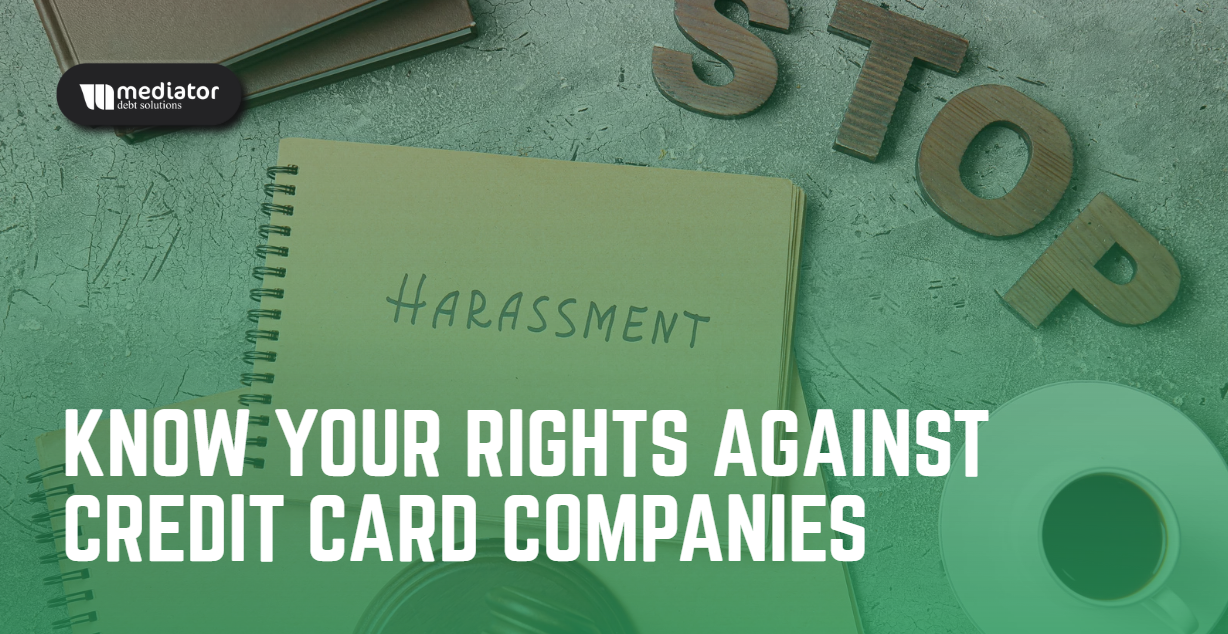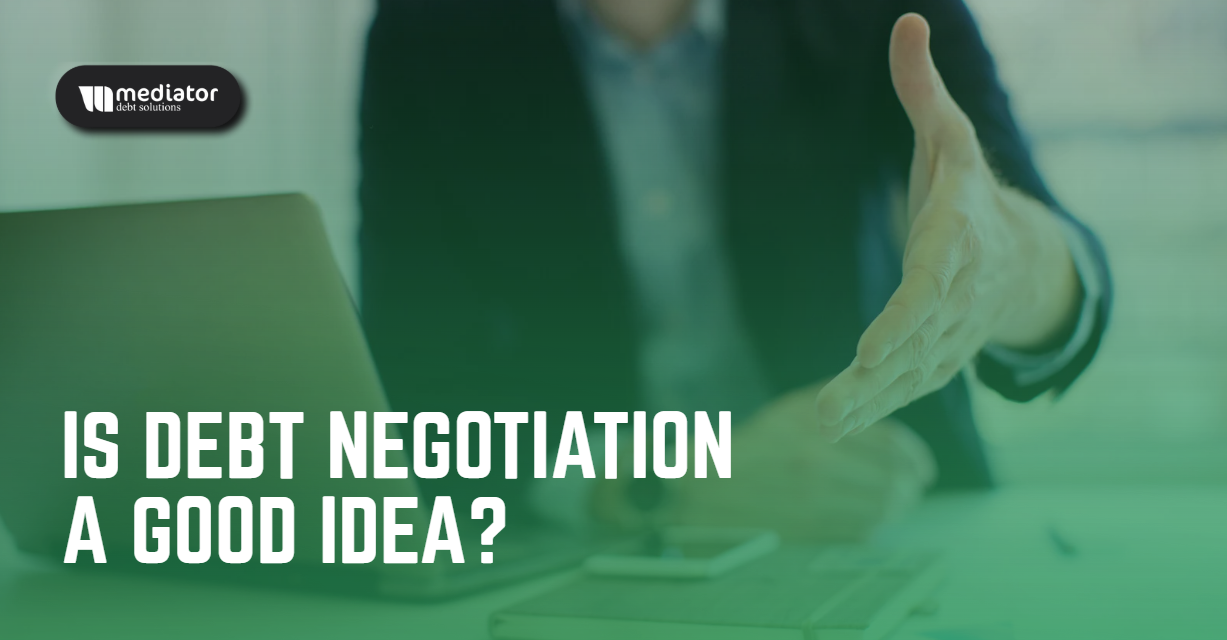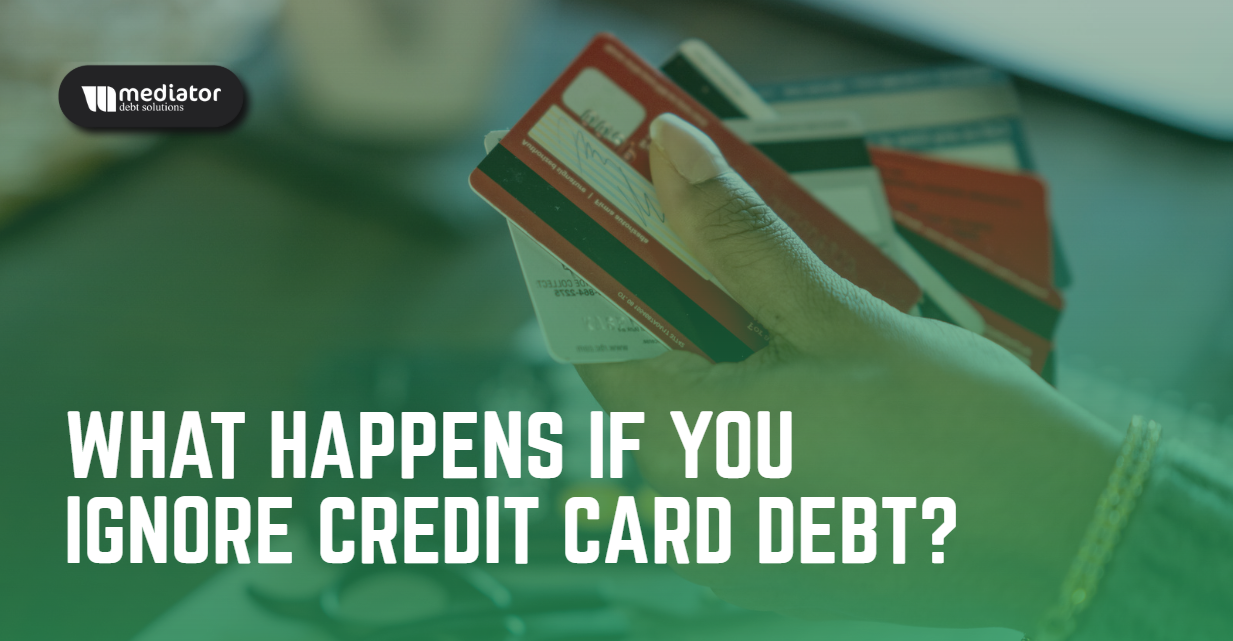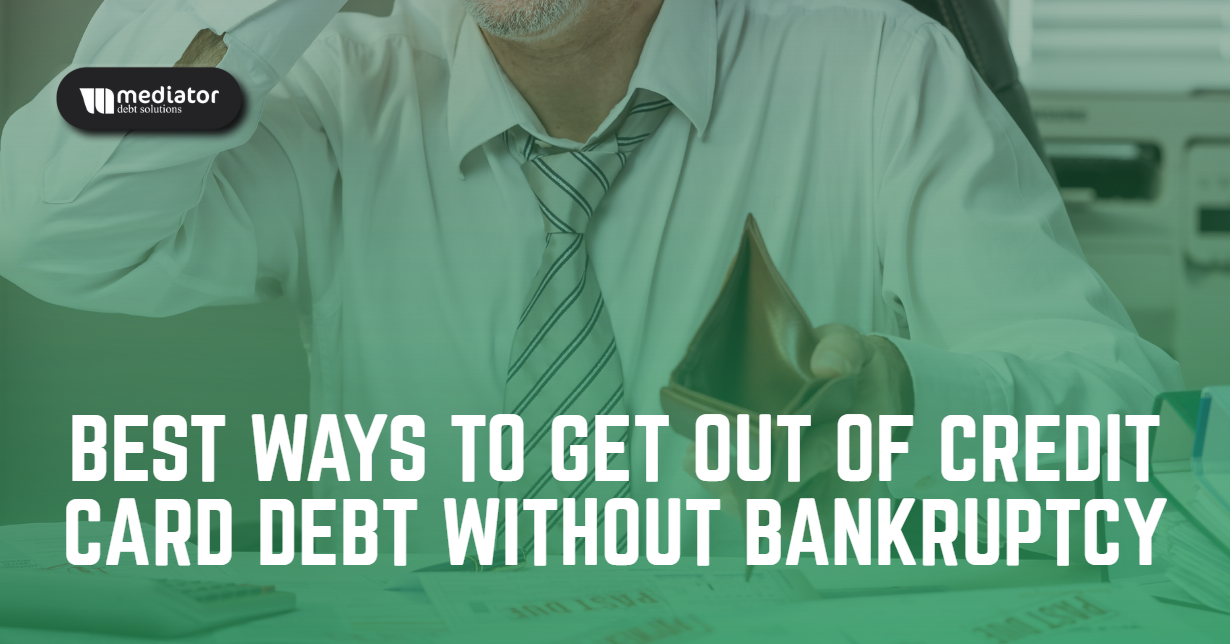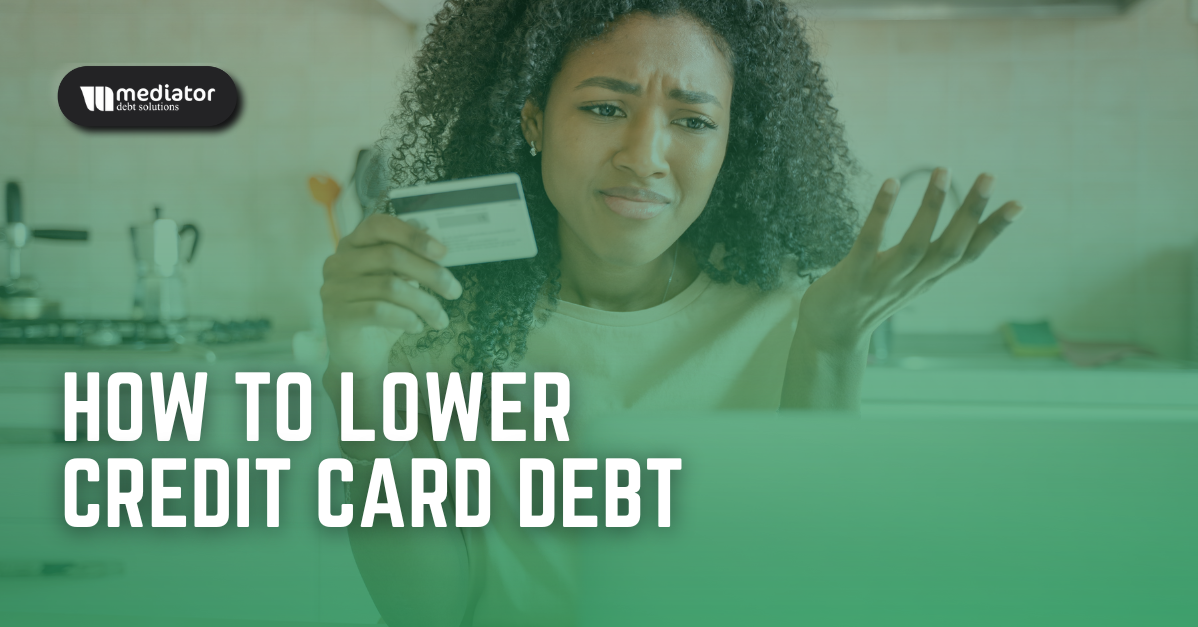Carrying credit card balances month to month can feel overwhelming, but paying off that debt fast might be more achievable than you realize. The secret lies in creating a strategic plan and maintaining your commitment to it.
In this blog, we will explore practical methods for effectively paying down credit card debt and provide insights on how to get out of credit card debt for good. With determination and the right approach, you can take control of your finances and pave the way to a debt-free future.
Understanding Bad Debt: The Case of Credit Card Debt
Good debt is defined as borrowing that results in greater wealth over time, such as a mortgage or college debts that boost your future wages. Bad debt, on the other hand, refers to borrowing for expenses that have no long-term value and degrade quickly, such as consumer goods or lifestyle expenses.
Credit card debt is an obvious illustration of poor debt. The average credit card amount in the United States is around $6,000 per person, making it a common problem many people encounter. Credit card debt is especially problematic because of the high interest rates, which can make it increasingly difficult to repay. When you carry a loan from month to month, interest accumulates, which typically results in paying much more than the
In the following sections, we will explore effective strategies for overcoming credit card debt and regaining financial freedom.
How To Pay Off Credit Card Debt Fast
- Choose a Payment Strategy
Having a clear plan can help you tackle credit card debt faster. Aim to pay more than the minimum each month. While credit card issuers may only require 2% of your balance, paying just the minimum keeps you in debt longer and costs you more in interest.
Check your bill for the “Minimum Payment Warning” table, which shows how long it would take to pay off your balance if you only make minimum payments—and how much extra you’ll end up paying in interest. You can save money and reach debt freedom sooner by paying above the minimum.
- Create a Budget
Budgeting can help you understand where your money is going—whether it’s for necessities, unexpected expenses, or discretionary spending. Start by listing your income and essential expenses, like rent, utilities, and groceries. Aim to allocate 50% of your budget to these needs, 30% to non-essentials like dining out, and 20% to savings and debt repayment.
Including debt payments in your budget helps you prioritize paying down debt over other purchases, helping you manage your finances more effectively and avoid future debt.
- Seek Help Through Debt Relief
If your debt has become overwhelming and monthly payments are no longer manageable, it may be time to consider debt relief. Debt settlement can be one of the most effective solutions, as it involves negotiating with creditors to reduce your total debt, allowing you to pay off less than you originally owed. This approach can get you back on track faster than other options, helping you avoid the long-lasting impacts of bankruptcy and achieve financial freedom sooner.
Debt Settlement & Credit Card Debt
Debt settlement is a viable option for those facing financial hardship. Suppose you’re struggling to make monthly payments. In that case, creditors are often open to negotiating a lower principal balance, allowing you to repay a portion of what you owe rather than risking receiving nothing.
At Mediator Debt Solutions, we specialize in helping you navigate this process, providing expert guidance and support to secure the best possible outcome for your financial situation. Don’t hesitate to contact us to explore how debt settlement can pave the way to your financial recovery.

